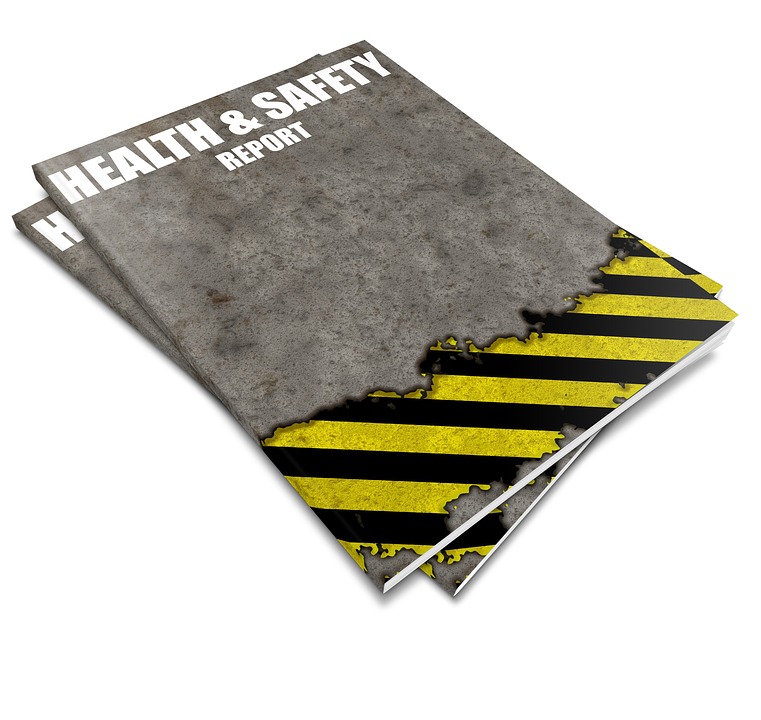It’s hard to believe, but it has been 10 years since I decided to leverage my human resources experience and start my very own business – Connect to HR.
It hasn’t always been easy, as you business owners will know, but it has always been gratifying, educational and inspiring! Having my own business has been like getting an MBA. It’s been the best teacher and has pushed me outside of my comfort zone.
This is the first in a series of blogs about my journey as a small business owner. Along the way I’ll be sharing some tips and lessons learned – how to get off to a good start, how to stay motivated, how to deal with setbacks, how to evolve to meet client needs, and more.
Before Connect to HR
After years of working in senior-level positions for large corporations across a variety of industries, I decided to leave the corporate world in search of work-life balance and a different work environment. Shortly after leaving, I had the opportunity to do some consulting work. One of my consulting engagements was with Apple, who had been around for a while, but still had that “start-up” feel. I was fortunate to do three consulting projects around the time Apple was reinventing itself and launching its first versions of the Apple iPod, iPad and iPhone. In between these projects, I had an opportunity with a nonprofit that was looking for someone to set up their human resources fundamentals. They wanted someone who could work in a small organization, but who had the experience of a larger, more established environment. I went from being part of an HR team to an HR Department of one. It was challenging and exciting and really honed my ability to be resourceful to get things done.
Other consulting opportunities followed, and I realized two things: 1) There was a big need for compliance experience. We were just coming off the downturn, and many companies had neglected that aspect of HR. And 2) I no longer wanted to work through someone else and lose part of the profit from my consulting gigs.
It was time to start my own business. In 2010, Connect to HR was born.
Getting Started
Running your own business requires you to wear many hats – management, marketing/sales, finance, administration, accounting, IT the list is long – in addition to actually doing your core work. SCORE is a great resource for small business owners. They have workshops on a variety of business topics and even offer experienced businesspeople as mentors. I learned a lot from their small business fundamentals workshop, and later had the opportunity to present a workshop on HR fundamentals for small businesses at SCORE for 4 years.
The human resources function is pretty broad, so one of the first steps was for me to decide on my focus area. I had worked in all aspects of HR, but was particularly interested in the legal area. In fact, at one point I had contemplated attending law school. Also, in the consulting work I’d done it was clear that there was a demonstrated need for compliance.
I decided that these three areas: employee relations, compliance and policies and procedures (Employee Handbook) would be my starting point, and I was off to the races!
Tips for getting started: Learn the fundamentals of starting a business. Be clear about your focus.
Tune in next time when I’ll share about acting on inspiration.














